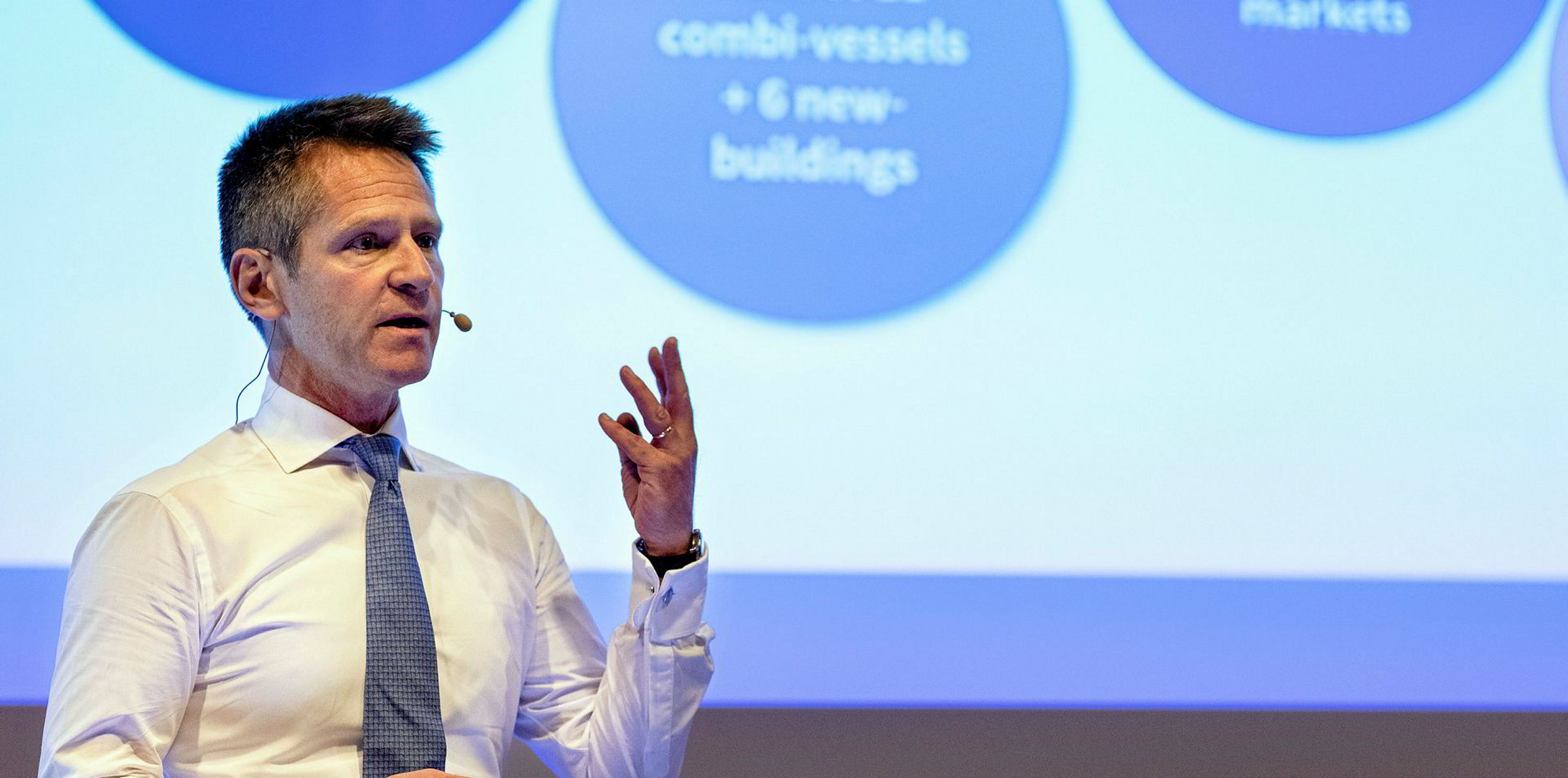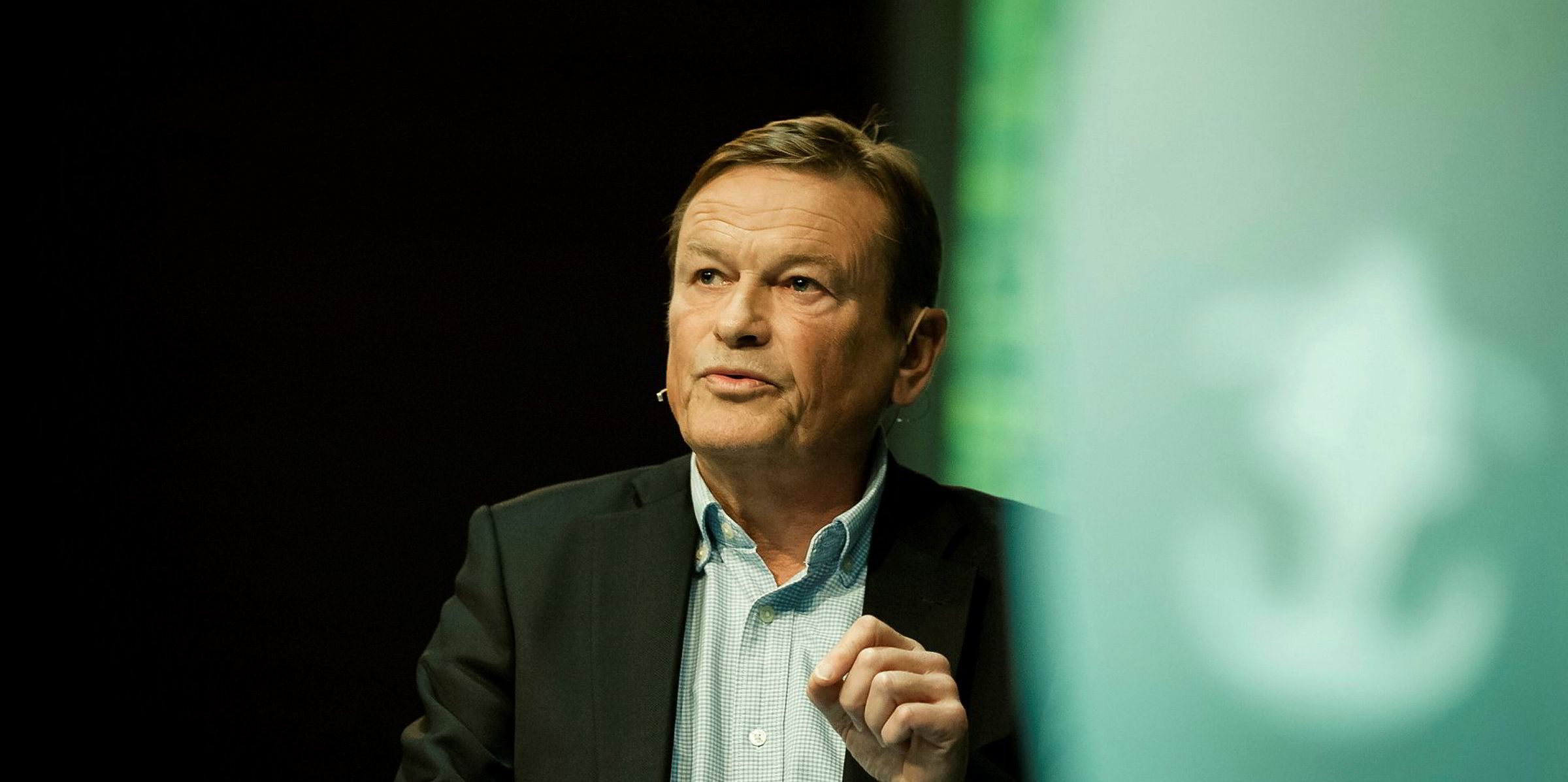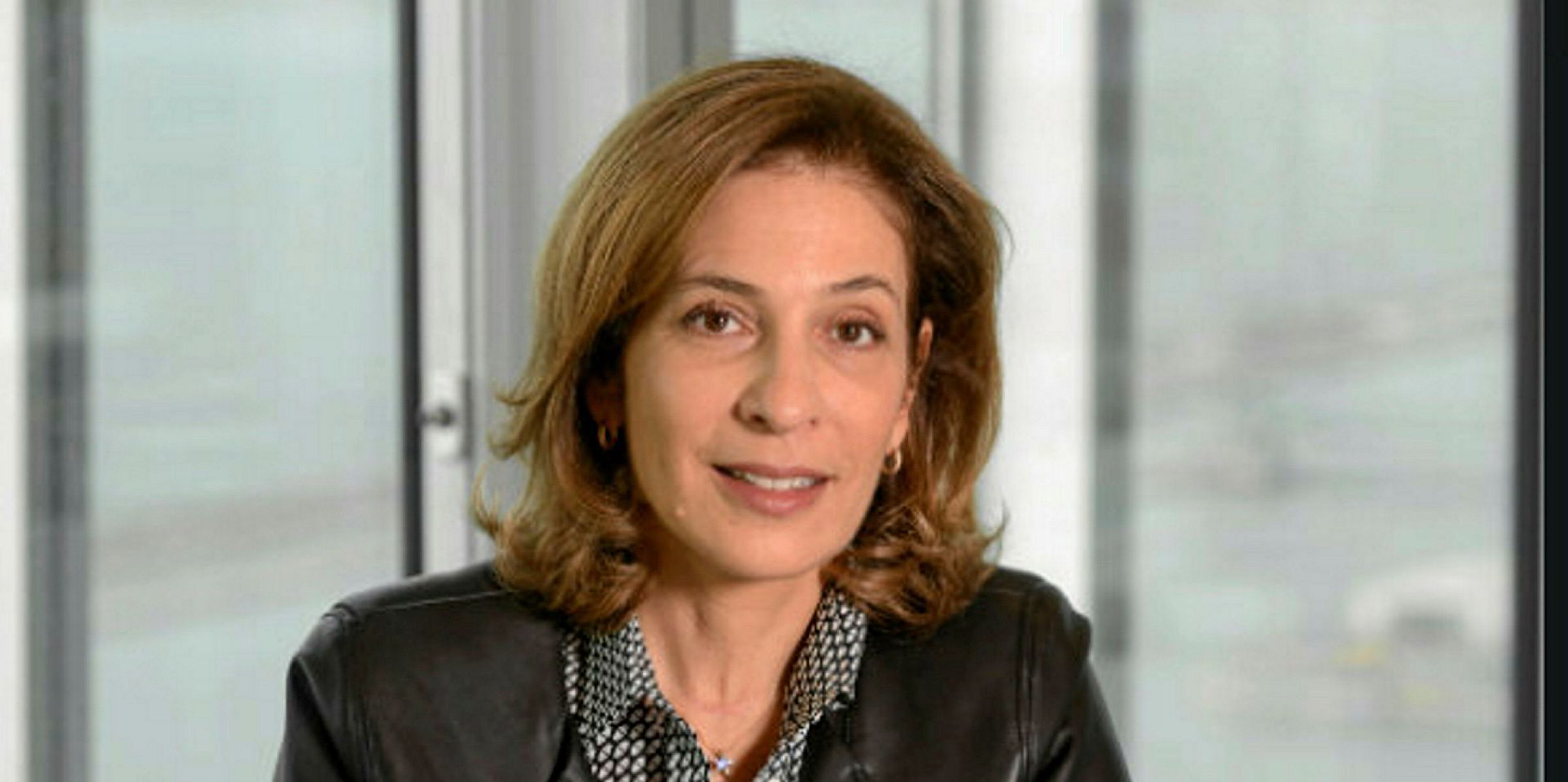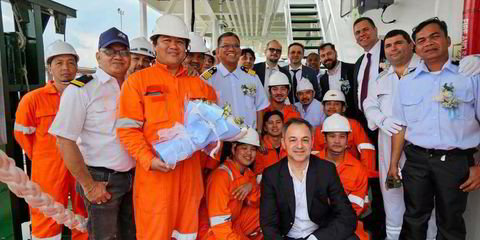Norway's Klaveness Combination Carriers (KCC) has revealed it is working on a plan for its first zero-emissions vessel.
The Oslo-listed shipowner said it wants to develop and contract such a newbuilding before 2030.
The move is part of a plan to gradually replace its fleet with the new ships up to 2050, when KCC aims to be a zero-emissions operation.
Chief executive Engebret Dahm told TradeWinds that KCC had been working on the project with parent company Torvald Klaveness since before Christmas.
He added that KCC has set up a working group intended to combine internal and "complementary external expertise".
"We are in the process of evaluating all aspects relating to the physical and environmental characteristics and the suitability of potential zero-emission fuel types," Dahm said.
This includes local and global environmental impact, safety, technical feasibility, availability and expected future cost and price levels.
Pitfalls need to be avoided
"There are a number of pitfalls in this evaluation," he said. "[For example] ammonia is a fuel type that has been presented by several studies as a potential fuel for deep-sea, zero-emission vessels.
"Ammonia has higher energy density than hydrogen, and hence would take up less space on our vessels.
"However, ammonia today is produced with fossil fuels, and will only represent a viable zero-emission alternative when produced with renewable [emission-free] energy sources."
Regarding LNG, Dahm said it would only reduce greenhouse gas emissions by an estimated 15%, compared with fuel oil, on a "well to wake" principle.
"However, it is technically possible to produce LNG based on renewable energy [power-to-gas], and hence LNG could also become a viable fuel type in a zero-emission future," he said.
Dahm said the next step for the company is to adapt its vessel designs to allow for "an optimal use and handling of the most promising fuel types in our current and target future trades".
The work is likely to cover alternative designs and key parameters to overcome potential challenges connected with the new bunkers.
This includes modification of power output, the hull shape, cargo intake, tank configuration and the maximum range of the vessel.
Suppliers need to step up
Dahm said: "Through the work we do on our own and through our participation in the Norwegian and international shipping cluster ..., we target to both develop our future zero-emission concept vessel, as well as creating the necessary attention from fuel and equipment suppliers to develop the necessary technology, fuel production facilities and supply chains to make zero-emission concepts technically and commercially viable."
KCC has set the ambitious goal of meeting the IMO's 40% emissions reduction target by 2022. This would beat the 2030 decarbonisation deadline by eight years.
The pledge is further evidence that some shipowners are stepping up their eco-programmes and comes a week after Norwegian owner Simon Mokster Shipping said it would cut CO2 emissions by 70% by 2030.
The KCC fleet combines the ability to carry wet and dry cargoes, operating in the tanker and bulker markets.
This minimises ballast to less than 10% and helps the vessels achieve between 30% and 40% lower CO2 emissions per transported tonne mile, which leads to higher earnings compared with standard ships.






